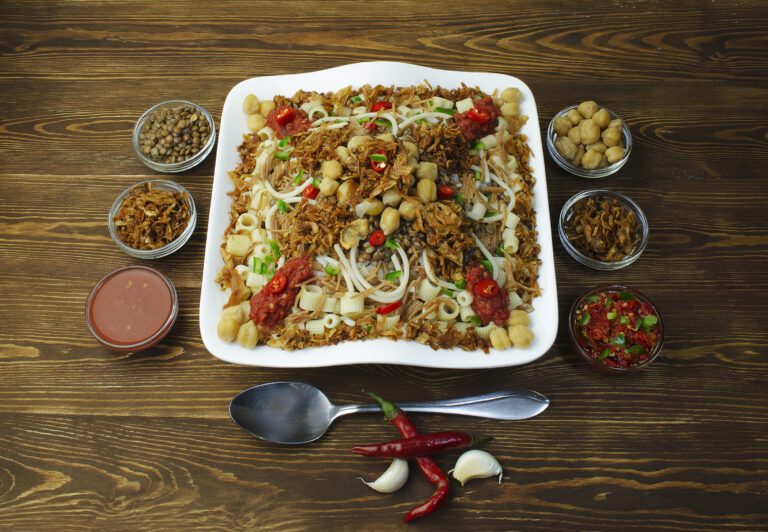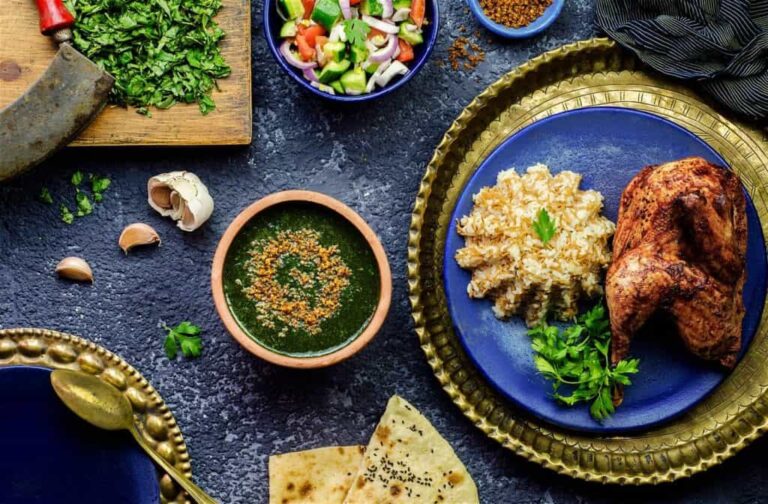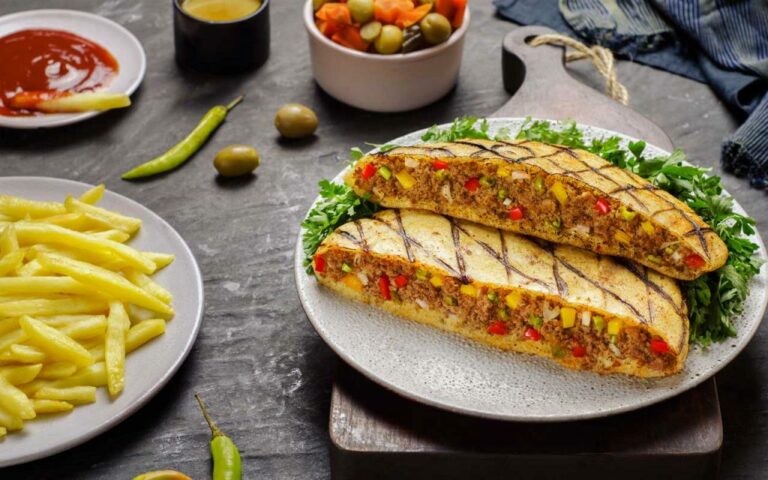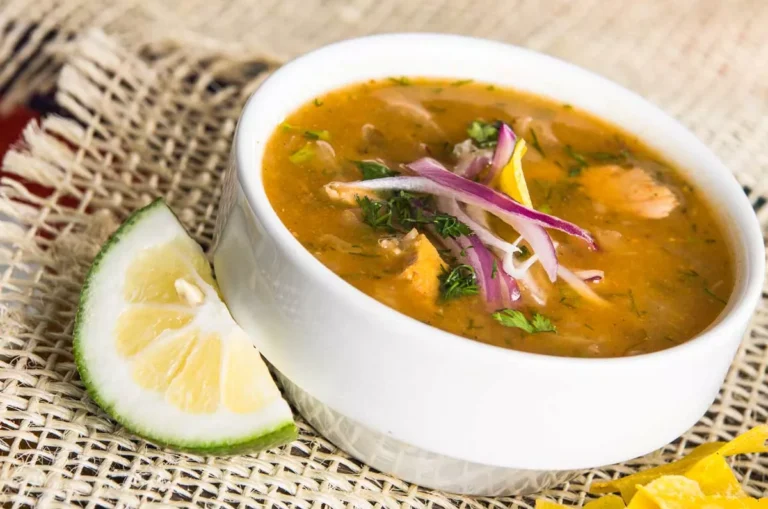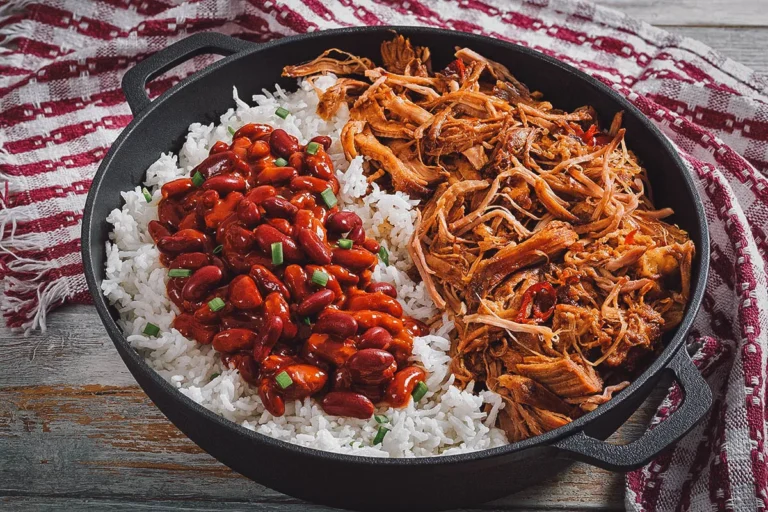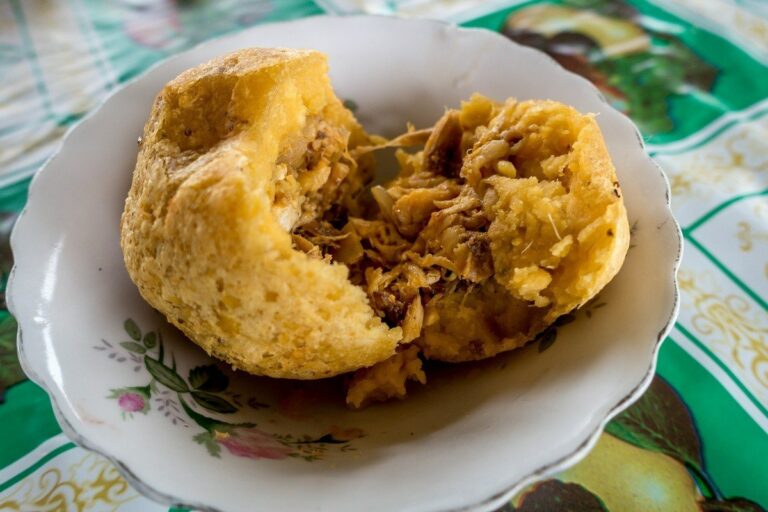Introduction to Egyptian cuisine and spices
Egyptian cuisine dates back thousands of years and has been influenced by the various civilizations that have inhabited the country. The cuisine is known for its use of spices and herbs, which are used to enhance the flavors of dishes. Spices like cumin and coriander are staples in Egyptian cooking and play a vital role in creating the unique taste of Egyptian cuisine.
The historical importance of cumin and coriander in Egypt
Cumin and coriander have been used in Egyptian cuisine for over 4,000 years and have a rich history in the country. Both spices were used in the embalming process of mummies due to their preservative qualities, and they were also used in religious ceremonies. Cumin was believed to be an aphrodisiac, while coriander was used to treat digestive problems and was also used as a perfume. Today, cumin and coriander are still widely used in Egyptian cuisine and are considered to be important ingredients in many traditional dishes.
The popularity of spices in Egyptian cuisine
Egyptian cuisine is known for its use of a variety of spices and herbs. These spices not only add flavor to dishes, but they also have several health benefits. Spices like cumin and coriander are believed to aid digestion, reduce inflammation, and have anti-bacterial properties. The popularity of spices in Egyptian cuisine also stems from the fact that many of the dishes are vegetarian or vegan, and spices are used to add depth and complexity to these dishes.
The health benefits of cumin and coriander
Cumin and coriander are both rich in antioxidants and have anti-inflammatory properties. Cumin is known to aid digestion and boost the immune system, while coriander is believed to lower cholesterol and reduce the risk of heart disease. These spices are also rich in vitamins and minerals, making them a healthy addition to any diet.
The use of cumin and coriander in traditional Egyptian dishes
Cumin and coriander are used in many traditional Egyptian dishes, including falafel, koshari, and ful medames. In falafel, cumin is used to add a warm, earthy flavor to the dish, while coriander is used to give it a fresh, citrusy taste. In koshari, cumin and coriander are added to the tomato sauce to give the dish its distinct flavor profile. In ful medames, cumin is used to add a smoky flavor to the dish, while coriander is used to balance out the spice.
How to incorporate cumin and coriander in your Egyptian cooking
To incorporate cumin and coriander in your Egyptian cooking, start by toasting the spices in a dry pan before adding them to your dish. This will enhance their flavors and make them more aromatic. You can also use a spice grinder to grind the spices before adding them to your dish. When cooking with cumin and coriander, it’s important to use them in moderation, as they have a strong flavor.
The regional variations of cumin and coriander in Egyptian cuisine
Cumin and coriander are used differently in different regions of Egypt. In the north, cumin is used more widely than coriander, while in the south, coriander is more commonly used. In the coastal regions, seafood dishes are often flavored with cumin and coriander, while in the desert regions, lamb dishes are more common and are often flavored with cumin.
Cumin and coriander in modern Egyptian cuisine and fusion dishes
In modern Egyptian cuisine, chefs are experimenting with new flavor combinations and incorporating cumin and coriander in new and interesting ways. Fusion dishes, which combine traditional Egyptian ingredients with other cuisines, are also becoming more popular. For example, cumin and coriander are often used in Egyptian-inspired tacos or in vegetable curries with Egyptian spices. As Egyptian cuisine continues to evolve, cumin and coriander will remain important ingredients in creating the unique flavors of the cuisine.

